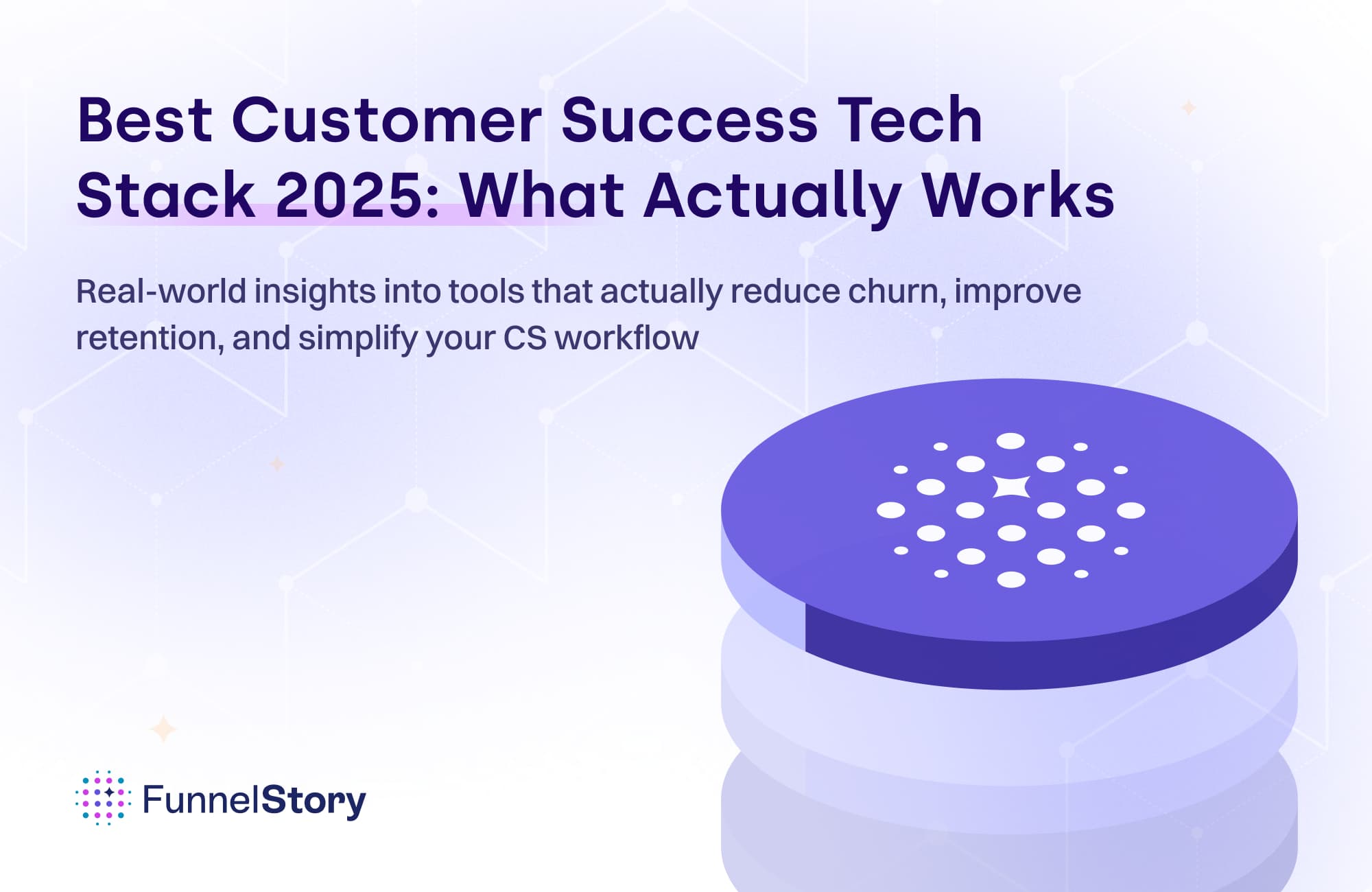In this article
Overcoming Indecision in Product-Led Sales
Overcome customer indecision in product-led sales: identify stalls & provide targeted info during trial to nudge them towards purchase with these strategies and frameworks from FunnelStory.

By Alok Shukla
Cofounder and CEO
Apr 15, 2024
3 min read
Indecision is a significant driver of "late stage" losses of sales opportunities. In the product-led sales (PLS) process, a prospect may read all your blogs and product documentation, explore your product, demonstrably start to see value, and even experience a technical win. However, the prospect still decides not to purchase your product. There are several reasons why this happens. It could be a budget problem, a business justification problem, a fear of commission, an inability to see value in the product, or simply a need for more information to provide the confidence to pull the trigger.
As Mathew Dixon and Ted McKenna discuss in their book "Jolt," indecision happens due to valuation problems, lack of information, and outcome uncertainty.
How do you discover indecision in a PLS scenario?
There are three ways to discover indecision (or also referred to as stalls) in a PLS scenario.
Analyzing time series of activities - A successful customer’s product trial/purchase progression is markedly different from a trial experiencing a stall. If a time series can be analyzed for discrete funnel stages, pinpointing the specific stall points would be perfectly possible. It is pertinent to mention that a stall should only be analyzed for the post-adoption phase.
Examining in conversation phrases - As AI tech has progressed recently, specifically after the advent of LLMs, it is very possible to sense stall in conversations analyzed by LLMs. Regularly analyzing conversations in emails, chats, and support tickets can give a good idea of the first indications of a stall in progress.
Encountering direct reach out - In due course, many prospects will reach out (or be reached out by sales), if they become a product-qualified opportunity. Their nature and phrasing of questions can begin to uncover indecision, such as requesting an extension of the trial, asking for information to justify the purchase returns, or inquiring about references.
Key strategies to overcome customer indecision in the PLS process
Many different scenarios within a product-led sales implementation can result in customer indecisiveness. To mitigate these situations, organizations need to adapt these key strategies to alleviate these situations to help win more sales opportunities. Let’s look at one such scenario:
Scenario: Prospect lacks information or has too much information to make a decision
For prospects who are either not very structured in their evaluation or are just indecisive, providing too much information can only feed their indecisiveness.
Key Strategies:
Creating a time-restricted trial is a great way to force a decision. On the other hand, a perpetually free trial can feed indecisiveness. A time-bound trial also has a knock-on effect on another type of benign indecision - procrastination.
Developing nudges and conversations are a great way to provide contextual and concise information when the accounts reach specific goals. This is a far more efficient way to engage with prospects, specifically if the other alternative is for your prospects to dive into and search for the relevant information from the product documentation on their own. During onboarding, asking specific questions to understand and narrow the focus of trials reduces the possibility of indecision.
Indecision is the leading cause of loss of sales for the accounts with purchase intent after the product evaluation cycle has started. It is difficult to discern indecision early in most environments. However, it is substantially harder to discover in product-led sales environments, where a prospect may not interact with a salesperson for an extended period during the sales process. In the next newsletter we will look at more scenarios that organizations run into and key strategies for those scenarios.
In other things
Ido David at Earthly Technologies discusses their experience with FunnelStory for generating customer journeys and how it was fairly easy to set it up.




